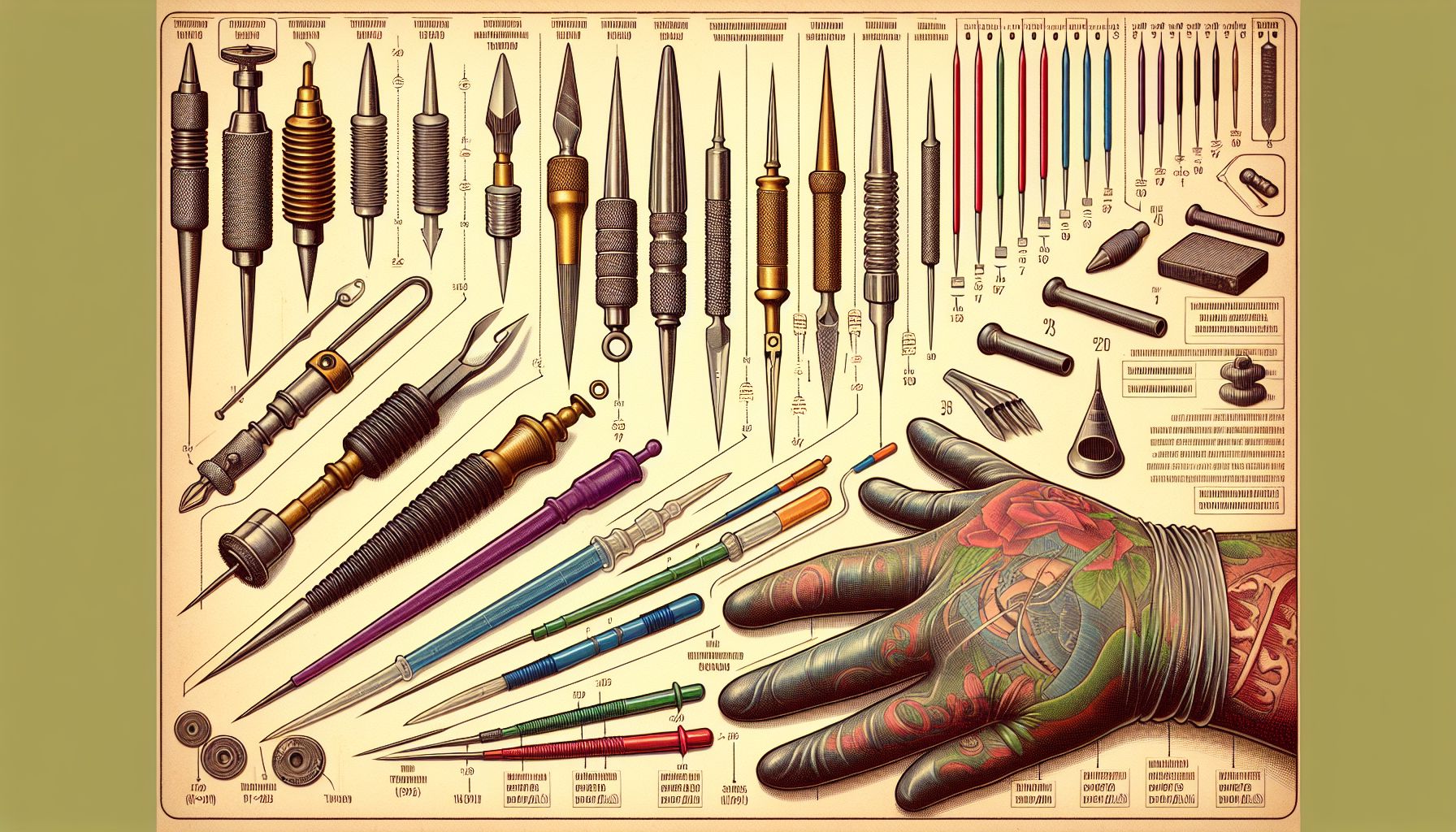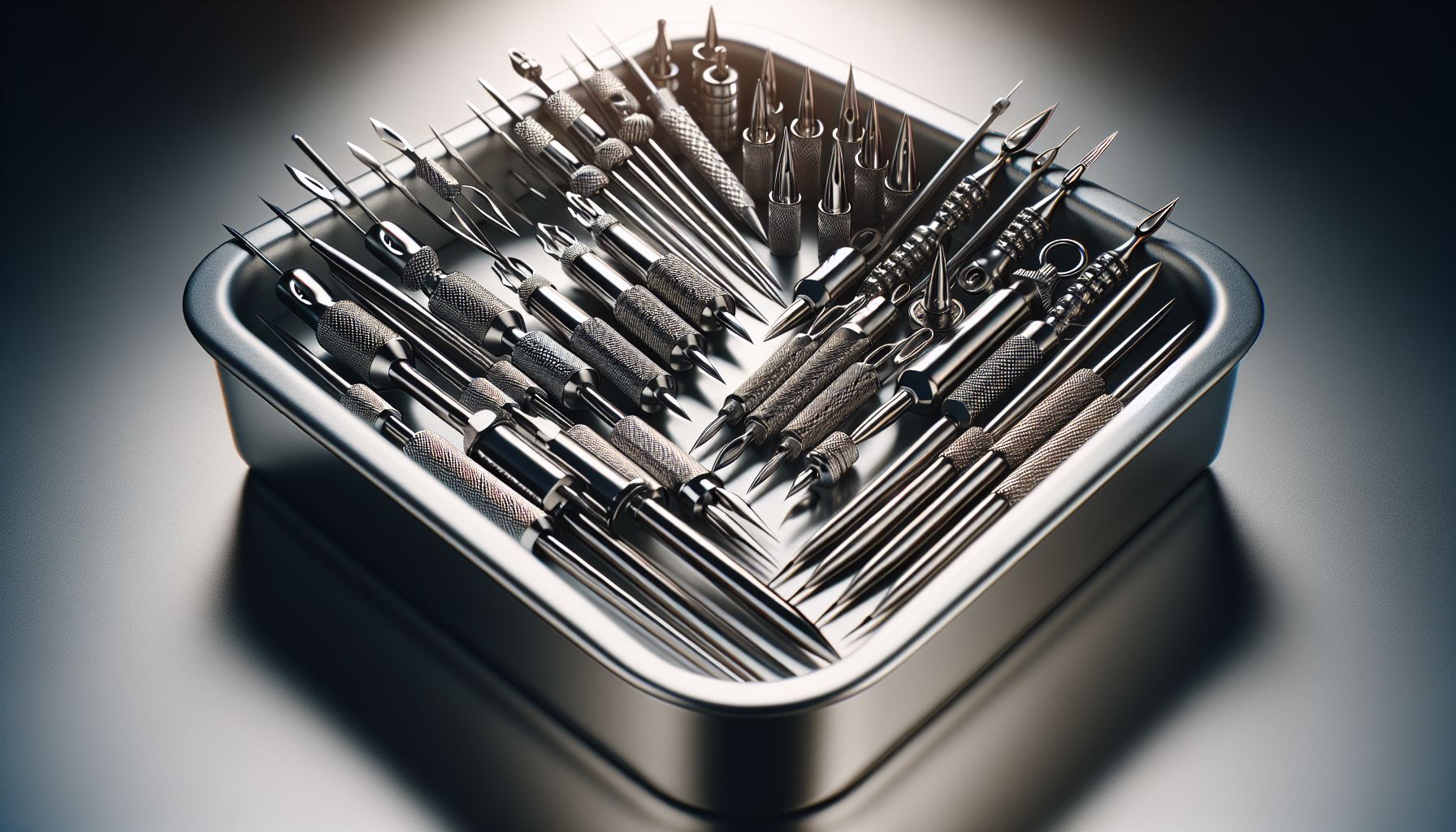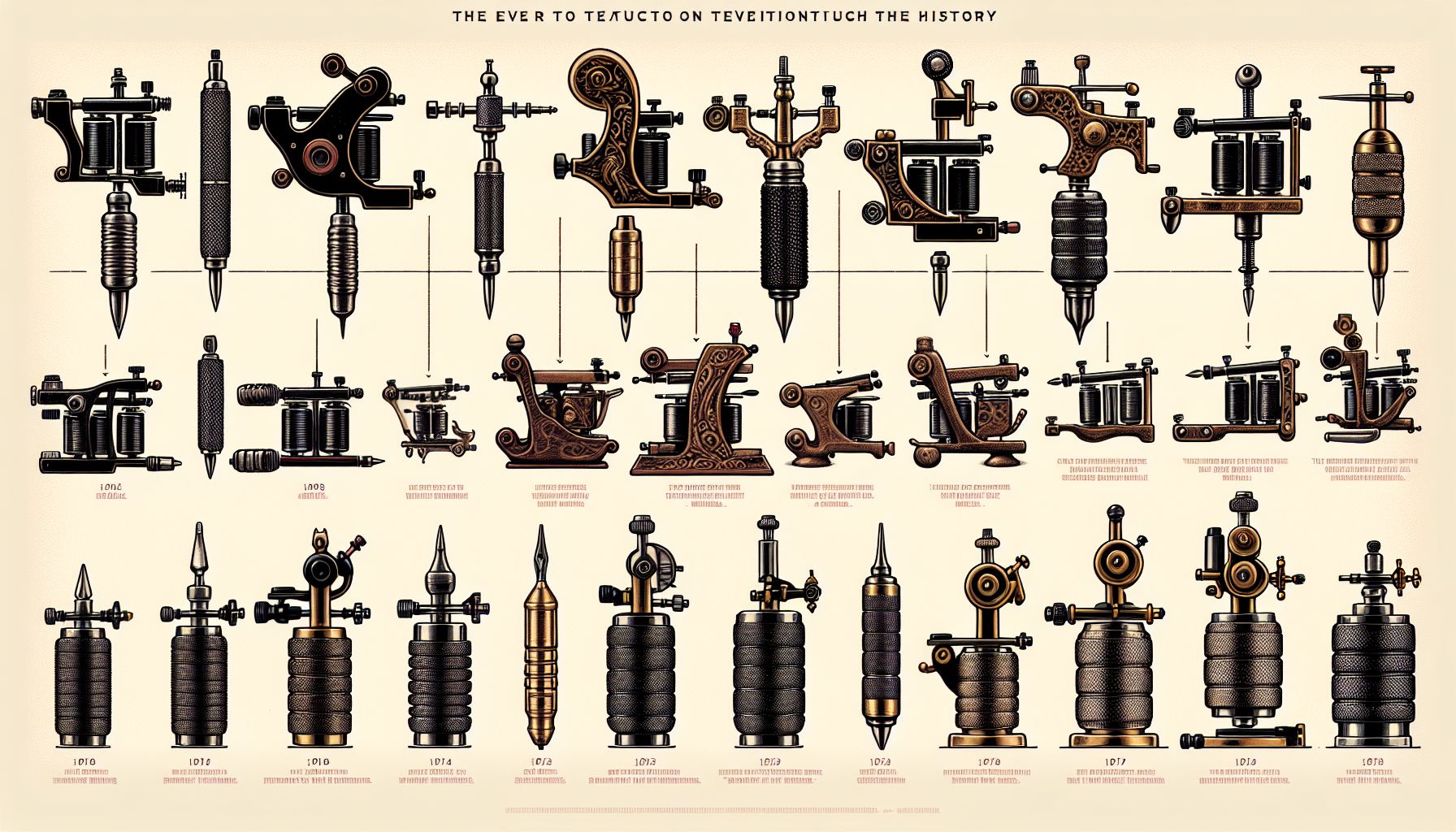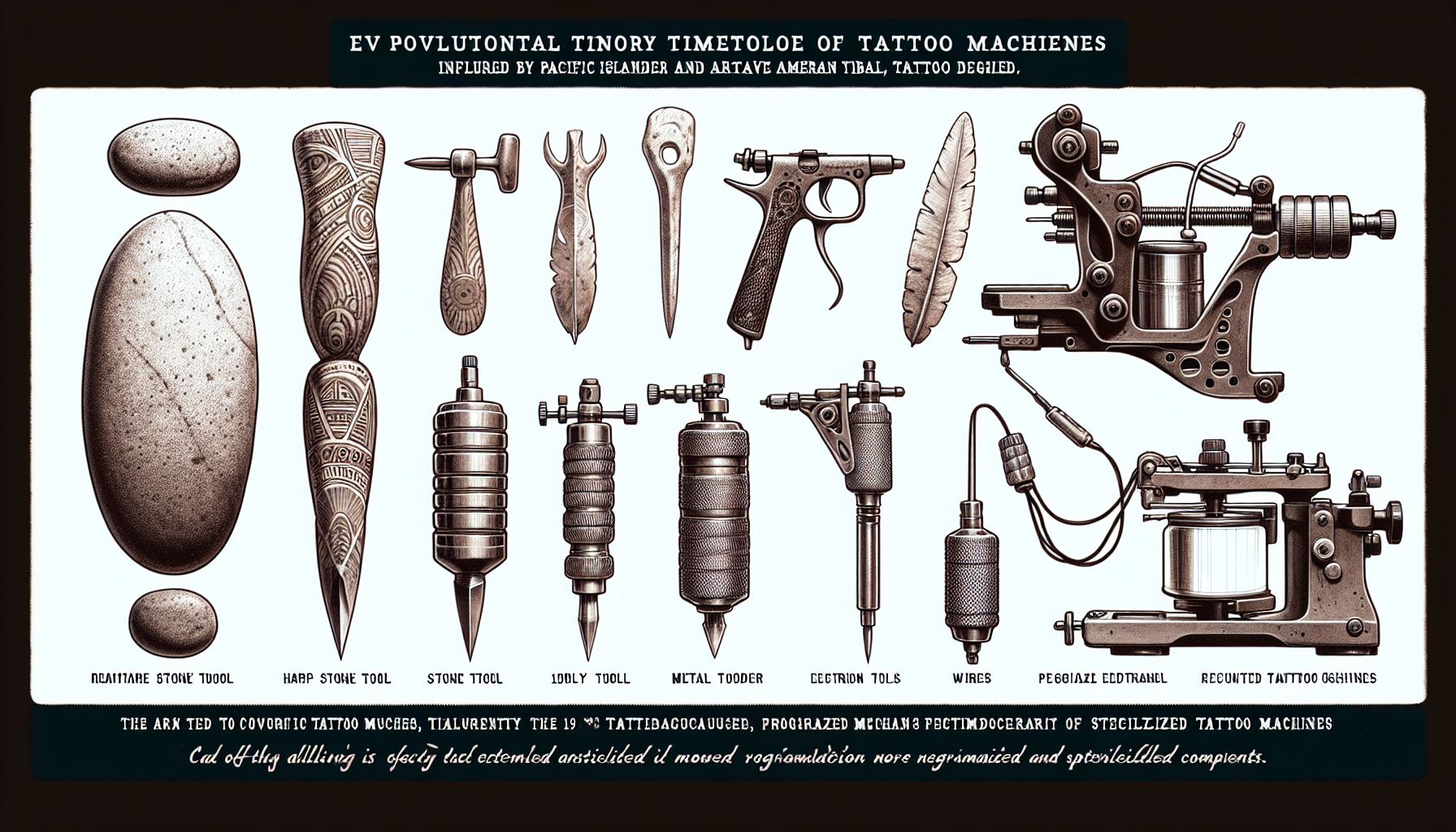Tattooing is an art form that has been practiced for centuries, evolving from a tribal ritual to a mainstream mode of self-expression. As a seasoned veteran of the tattoo industry, I’ve watched as tattoo supplies have transformed over the years to cater to the increasing demand for precision, quality, and variety. In this piece, I want to take you on a journey through one of the most essential supplies in a tattoo artist’s toolkit—tattoo needles.
Tattoo needles are the linchpin of the tattoo process. These aren’t your ordinary sewing needles, but highly specialized tools designed to deliver ink into the skin in a controlled and sterile manner. When I first stepped into the industry, the options were limited, and customization was more of a do-it-yourself affair. Now, the choices are vast and can be tailored to specific techniques and styles.
The Anatomy of Tattoo Needles
Understanding the structure and types of tattoo needles is fundamental. There are generally two main parts to a tattoo needle: the needle bar and the needle points. The needle bar is what your tattoo machine grips onto, transforming the machine’s power into a reciprocating motion that drives the needle points into the skin.
The needle points are where the magic happens. They come in various groupings and configurations, each suited to a particular style or technique. There are liners, used for crisp outlines and fine detail, and shaders, which are for shading and coloring. The configurations can be round, flat, magnum, and curved, each with a distinct touch on the skin.
The Evolution of Tattoo Needles
Over the years, the craftsmanship of tattoo needles has significantly improved. I remember the early days when needles were fashioned by hand. This approach required meticulous attention to detail and left a lot of room for human error. Today, tattoo needles are precision tools, often made with medical-grade steel, crafted in controlled environments to ensure uniformity and sterility.
Manufacturers now offer options such as textured needles, which hold more ink and create a different effect on the skin, and cartridge systems, which allow for quick and hygienic needle swaps during a session. The advent of cartridge needles was a game-changer, offering convenience and safety that was unheard of when I first inked a piece.
Choosing the Right Tattoo Needles
Selecting the right needle for a project is where your knowledge and artistry come into play. Tattoo needles can dictate the finesse of a line, the softness of a shade, and the saturation of color. Here are a few tips I’ve picked up:
-
Detail Work: For intricate designs, use a smaller needle grouping, like a 3 or 5 round liner (RL). These will give you the precision necessary for delicate lines.
-
Shading and Coloring: When it comes to shading or packing in color, larger needle groupings are your friends. Something like a 7 or 9 magnum (M1 or M2) can cover more area and help create transitions in shading.
-
Layering and Textures: For creating textures or layering shades, many artists turn to round shaders (RS) or curved magnums (CM). These can help achieve a more dynamic look, simulating brush strokes or creating soft-edged lines.
A Personal Anecdote
In my early days, I recall a session where the choice of needles made all the difference. A client requested a portrait piece with fine details and subtle shades. Midway, I switched from a standard magnum to a curved one. The result was stunning—the soft edges and texture transitions brought the portrait to life in a way that wouldn’t have been possible with a flat magnum. It was a lesson in how the subtleties of tattoo needles can impact the final artwork.
The Importance of Quality
Investing in high-quality tattoo needles is crucial. Quality needles not only affect the ease of tattooing and the detail possible but also how the tattoo heals. Poorly made needles can cause trauma to the skin, leading to longer healing times and a risk of blurred lines or patchy shading. As an online seller of tattoo supplies, I emphasize the importance of sourcing products from reputable manufacturers that prioritize quality and safety.
Conclusion
Tattoo needles might seem like a small part of the myriad of tattoo supplies, yet they hold immense power in the hands of a skilled artist. Understanding and choosing the right needle for the job is fundamental to the craft. As tattoo artists and shops strive to deliver the best to their clients, insights into the evolution, types, and nuances of tattoo needles are invaluable.
I invite you, both novices and experienced artists, to think of needles not just as tools, but as brushes that paint permanent masterpieces on the canvas of skin. Embrace the variety, prioritize quality, and continue to push the boundaries of what can be achieved with ink and needles.



